Description
EPON 4-Port OLT (Optical Line Terminal) and 4-Port L3 OLT: Revolutionizing Fiber Networks
The EPON 4-Port OLT (Optical Line Terminal) and Epon 4 Port Olt 4 Port L3 Olt are cutting-edge devices that play a crucial role in enhancing the performance of modern Fiber to the Home (FTTH) and Fiber to the Business (FTTB) networks. These Optical Line Terminals serve as the central point of communication between the optical network and the end-user devices, managing data traffic efficiently, securely, and with exceptional reliability. With the ability to handle multiple fiber-optic connections, these OLTs offer scalability, high bandwidth, and powerful features tailored for high-performance broadband networks.
Key Features of the EPON 4-Port OLT and 4-Port L3 OLT
1. High Port Density for Maximum Efficiency
The EPON 4-Port OLT and 4-Port L3 OLT are designed with four ports for enhanced scalability and flexibility. These ports enable the OLT to manage multiple subscribers simultaneously, optimizing the use of the network infrastructure. Whether you’re deploying FTTH or FTTB, these devices are capable of providing seamless service delivery to a wide range of users across various geographical locations.
With 4-port support, the OLT allows network operators to efficiently allocate bandwidth and manage traffic, reducing the need for additional hardware. This makes it an ideal solution for service providers looking to expand their network coverage and accommodate growing subscriber bases.
2. Advanced Layer 3 Switching (L3 OLT) Functionality
The 4-Port L3 OLT goes a step further with Layer 3 switching functionality, providing advanced routing capabilities for complex networks. This is particularly beneficial in scenarios where data needs to be routed between different subnets or where multicast and IP routing are required. By supporting Layer 3 switching, the L3 OLT facilitates efficient data distribution over larger, more complex network infrastructures.
The L3 OLT can handle IP addressing, traffic management, and route optimization, making it suitable for enterprise networks, ISP deployments, and large-scale service provider networks.
3. High-Speed Data Transmission
The EPON 4-Port OLT and 4-Port L3 OLT are engineered to provide high-speed data transmission over long distances, enabling fast internet access, VoIP, video streaming, and other bandwidth-intensive services. These OLTs operate within Ethernet Passive Optical Networks (EPON), which is an efficient and cost-effective technology for delivering broadband services.
Supporting gigabit speeds, these devices ensure that end-users experience minimal latency and high throughput, essential for HD video conferencing, cloud-based applications, and real-time gaming. The OLTs facilitate high-bandwidth delivery across the network, ensuring reliable connections even in high-traffic conditions.
4. Enhanced Network Management and Monitoring
One of the standout features of the EPON 4-Port OLT and 4-Port L3 OLT is their advanced network management and monitoring capabilities. Both devices offer centralized control, allowing network administrators to easily configure, monitor, and maintain the entire network from a single interface. This simplifies the process of troubleshooting and managing network performance.
The network management system (NMS) integrated into these OLTs provides real-time status updates, enabling operators to detect issues proactively, adjust settings, and optimize traffic. With features such as remote diagnostics, automatic fault detection, and traffic analysis, the OLTs help ensure that the network remains stable and performs optimally, reducing downtime and enhancing customer satisfaction.
5. Scalability for Growing Networks
The EPON 4-Port OLT and 4-Port L3 OLT are built with scalability in mind. As the demand for high-speed broadband continues to rise, the OLTs can easily accommodate additional subscribers by simply adding more Optical Network Units (ONUs). The EPON architecture supports a point-to-multipoint topology, meaning that a single OLT can manage multiple ONUs, allowing for efficient use of resources.
With this scalable architecture, these OLTs are perfect for service providers who are expanding their networks to meet increasing demand. They offer flexibility, allowing operators to add ports or expand the network as necessary without needing to overhaul existing infrastructure.
6. Robust Security Features
Security is paramount when managing network traffic, especially when it comes to sensitive customer data. The EPON 4-Port OLT and 4-Port L3 OLT come with robust security features designed to protect both the physical network and data integrity.
Key security protocols supported by these OLTs include authentication, encryption, and secure access controls, which safeguard data from unauthorized access and ensure that the service remains resilient to attacks. These features are essential in maintaining a secure communication channel between the OLT and the ONU, ensuring the privacy and safety of user data.
7. Cost-Effective Solution for ISPs
For Internet Service Providers (ISPs), the EPON 4-Port OLT and 4-Port L3 OLT represent an economical and high-performance solution for delivering fiber-optic broadband services to end-users. With EPON technology, service providers can offer high-speed internet, video streaming, and telephony services at competitive prices, while also maintaining cost-efficiency in network deployment.
The OLT’s low operational costs and efficient power consumption make it a valuable asset for ISPs looking to expand or enhance their fiber-optic broadband infrastructure. Additionally, the scalable nature of these devices ensures that they remain cost-effective even as networks grow, providing long-term financial benefits.
Applications of the EPON 4-Port OLT and 4-Port L3 OLT
1. Fiber-to-the-Home (FTTH) Networks
The EPON 4-Port OLT is widely used in FTTH networks, where it serves as the core device that connects the central office to homes or businesses. By supporting high-speed broadband, the OLT ensures that customers receive reliable and fast internet services directly to their residences or offices. With the 4-port configuration, the OLT can efficiently manage the needs of multiple homes or businesses, making it ideal for suburban and urban deployments.
2. Fiber-to-the-Business (FTTB) Networks
In business environments, the 4-Port L3 OLT provides advanced routing and IP management for large-scale deployments. Businesses, including office parks, campuses, and multi-tenant buildings, require stable and high-bandwidth connections for day-to-day operations. The L3 OLT‘s ability to support advanced routing and traffic management ensures that businesses can operate without disruptions, even with high demands on the network.
3. Metropolitan and Regional Networks
For Metropolitan Area Networks (MANs) and regional networks, the EPON 4-Port OLT and 4-Port L3 OLT provide high-capacity backhaul solutions that efficiently transmit data across large geographical areas. These devices support long-distance signal transmission, making them ideal for service providers offering broadband services in large cities or remote regions.
4. Service Providers Expanding Coverage
As service providers expand their fiber-optic networks to accommodate increasing demand for high-speed internet and multimedia services, the EPON 4-Port OLT and 4-Port L3 OLT offer scalable, cost-effective solutions for improving network performance. These devices allow service providers to extend their coverage areas while maintaining high-quality service.
Conclusion
The EPON 4-Port OLT and 4-Port L3 OLT are versatile, high-performance devices that enable service providers to offer reliable and efficient fiber-optic broadband services to homes, businesses, and enterprises. With their high-speed transmission, advanced management features, and scalability, these OLTs are the ideal solutions for expanding FTTx networks, ensuring consistent quality, and high security for customers. Whether for FTTH, FTTB, or enterprise networks, the EPON 4-Port OLT and 4-Port L3 OLT are essential for building the foundation of the next generation of fiber-optic broadband infrastructure.

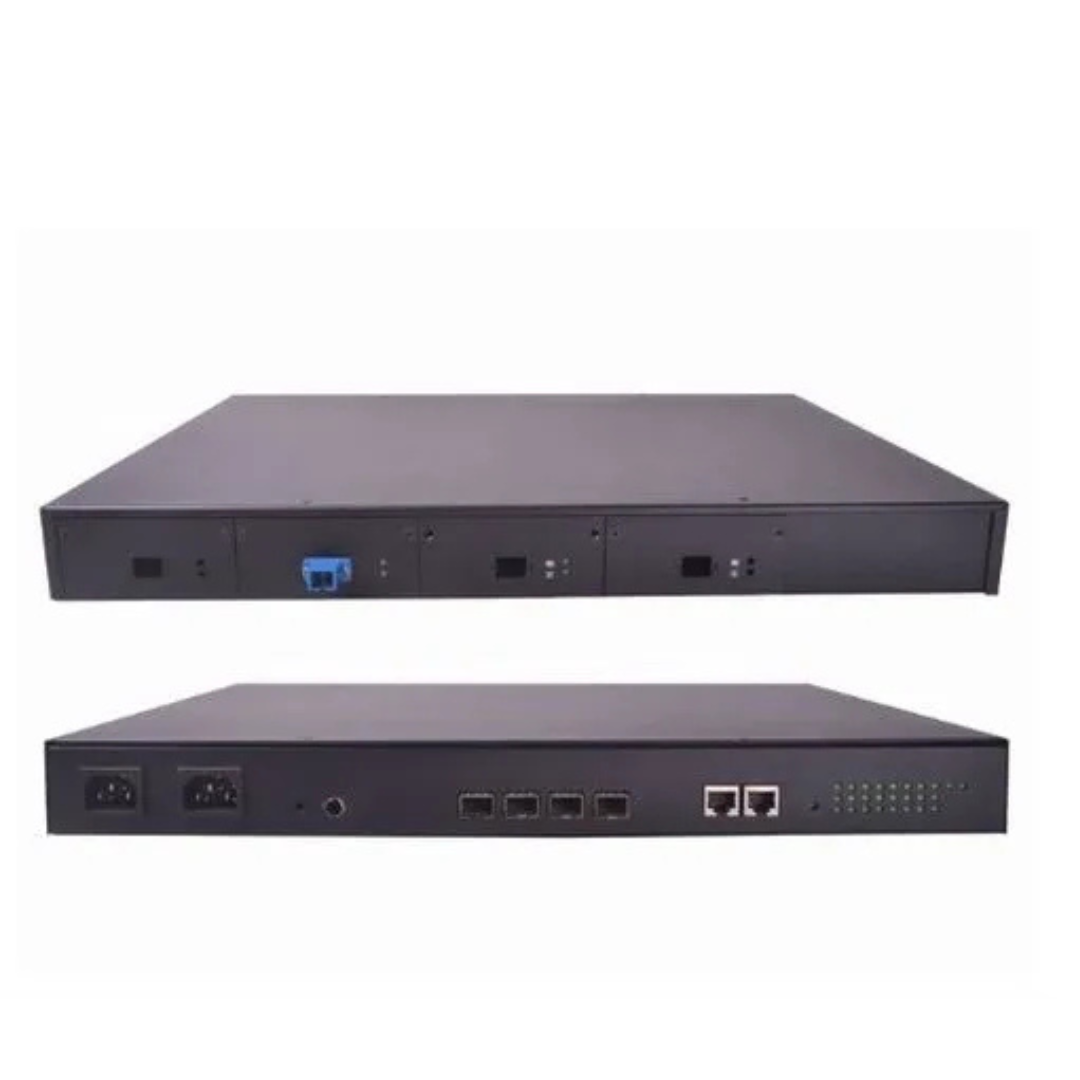
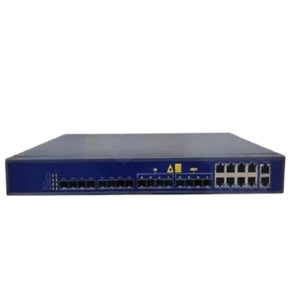
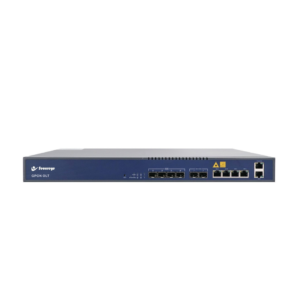
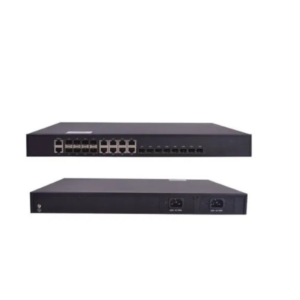
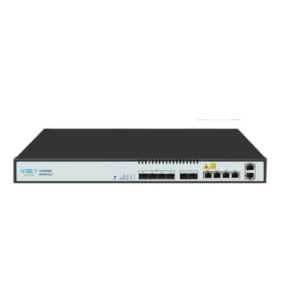
Reviews
There are no reviews yet.